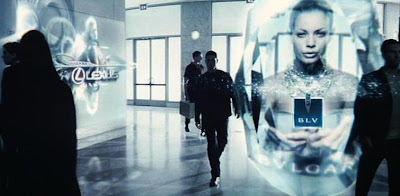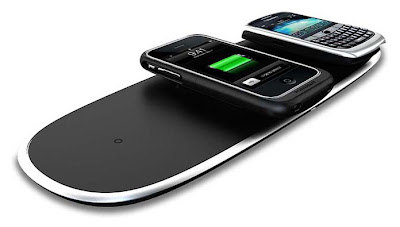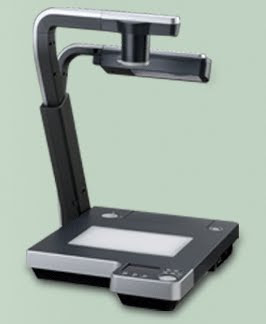
The evolution of television goes a long way, from the old school knob laden black and white CRT based TV, to color TV, (remote control was introduced somewhere here), to LCD flat screen, to Plasma screen and finally, the now emerging LED TV. What’s next? You know what they say, when you hit the peak, there’s no way to go but up and Mitsubishi might just be the next “up” of the “tube”. Mitsubishi just marked the laser era with their new LaserVue Laser TV. It uses the world’s purest light source to deliver the greatest picture in the planet. The laser beam brings unmatched range of rich and complex colors, unparalleled clarity, and realistic depth field. It can deliver up to two times the color of today’s leading HDTV with just around one-third or one-fourth of power consumption. The LaserVue TV produces great images in Full 1920 × 1080 HD resolution.






















